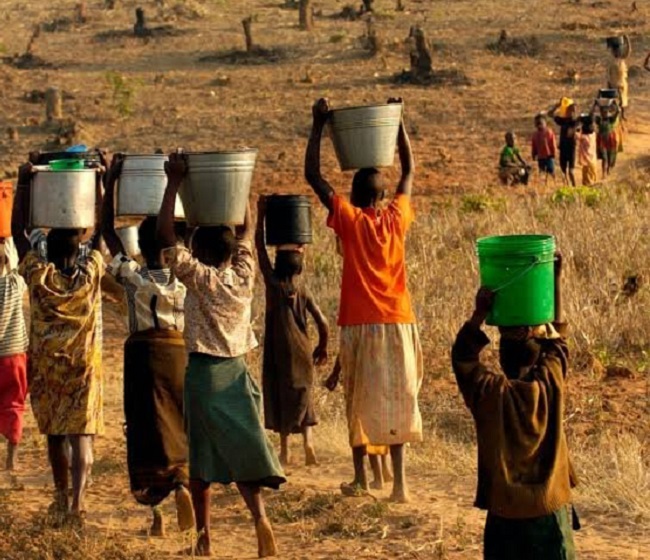The recent National Bureau of Statistics (NBS) report has revealed the extent of child labour in Nigeria.
According to the research, as of 2022, over 24 million Nigerian children are working as minors, with 14.3 million of them doing risky jobs.
The northwest geopolitical zone has the highest percentage of child labourers (6,407,102) and minors working in dangerous jobs (3,266,728). However, the southeast area is the most afflicted in terms of the percentage prevalence of child labour, accounting for 49.9% of all children engaging in child labour.
Nearly two out of every five Nigerian children live in deplorable conditions, as evidenced by the country’s 39.2% child labour rate (24,673,485) and 22.9% hazardous work rate (14,390,353).
The report also shows that children in the 5–17 age group in child labour commit an average of 14.6 hours of work per week.
Tribune Online lists the top 10 states grappling with a high rate of child labour in Nigeria.
1. Cross River – Cross River State tops the list with a staggering 67.4% of children involved in labour. While the percentage is highest among the youngest age group, the problem persists strongly into adolescence, underscoring a severe challenge facing the state.
2. Yobe – With 62.6%, Yobe State has one of the highest percentages of child labour. Notably, the youngest age group is significantly impacted, with a sharp drop-off in the oldest group, which could reflect cultural, educational, or economic factors influencing children’s engagement in labour.
3. Abia – Abia State reports 60.1% of children engaged in labour, with a peak in the 15–17 years category at 66.9%. This spike may indicate an increase in the reliance on older children for laborious activities.
4. Plateau – Plateau State, with a total percentage of 58.9%, exhibits a consistent pattern of child labour across all age categories. The data points towards a sustained level of child labour that does not fluctuate greatly with age.
5. Taraba – Taraba has 58.6% of its children working. The state shows lower percentages in the 12–14 age group, which diverges from the more uniform trends seen in other states.
6. Ebonyi – With a total of 56.2%, Ebonyi’s numbers are influenced by a lower engagement in the middle-age category. The figures suggest that while younger and older children are frequently involved in labour, those in the transitional age of 12–14 are slightly less so.
7. Imo – Imo State has a worrying trend where the incidence of child labour in the 12–14 and 15–17 age groups is alarmingly high at 64.2% and 65.4%, respectively. The state’s total sits at 56.2%, which belies the steep rise in child labour as children grow older.
8. Kogi – Kogi State shows a more uniform distribution across the age brackets, with 54.4% of children aged 5–17 involved in labour. The state appears to maintain a relatively balanced percentage across all age groups, suggesting a consistent level of child labour engagement.
9. Bauchi – In Bauchi, the percentage increases slightly to 53.3%. Interestingly, the data presents a declining trend with age; the 5–11 years group has a high incidence, which reduces progressively in older children, indicating a possible shift in responsibilities or opportunities as children mature.
10. Akwa Ibom – The South-South state has a total of 52.5% of children engaged in labour. Despite being the lowest on this list, the figures are concerning, with the 12–14 age group being notably less affected than their younger and older counterparts.
ALSO READ THESE TOP STORIES FROM NIGERIAN TRIBUNE
